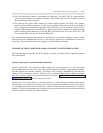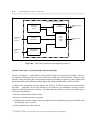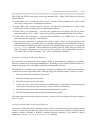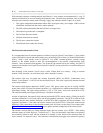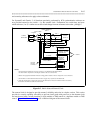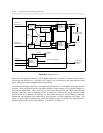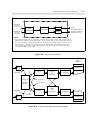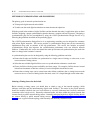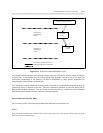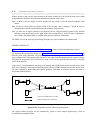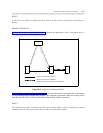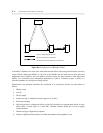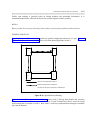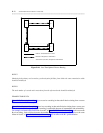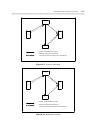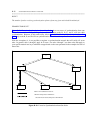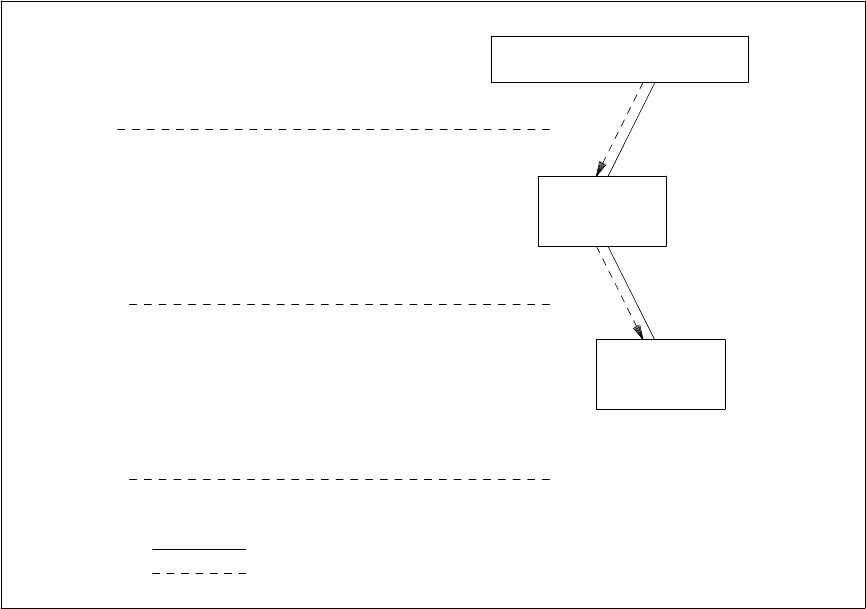
SYNCHRONIZATION OF DIGITAL FACILITIES B-19
_ ______________________________________________________________________________________
_ ______________________________________________________________________________________
_ ______________________________________________________________________________________
INTERNALLY
REFERENCED
NODES
DIGITAL TRANSMISSION FACILITY
PRIMARY FREQUENCY REFERENCE
SYSTEM
85 OR 75
SYSTEM
85 OR 75
DIGITAL SERVING OFFICE
EXTERNALLY
REFERENCED
NODES
Figure B-11. External and Internal Reference Levels
For externally referenced nodes, the operating company personnel will specify what the source of timing is
on those links. If the network does not receive timing from the public network at any of its nodes, the
master-slave relationships in the network will then be determined by those persons responsible for
engineering the synchronization of the network.
This internal and external referencing concept permits constraints in synchronization network layout to be
expressed in terms of network layout rules. The rules constitute a procedure to select the nodes used as
primary and secondary references. Two sets of reference selection rules are available: one set for internally
referenced networks and the other for externally referenced networks.
Internal Reference Selection Rules
The seven rules used to select internal synchronization references are described next.
RULE 1:
Select the node with the lowest stratum clock as the network reference clock master and have the rest of the
nodes derive slave timing from it.



